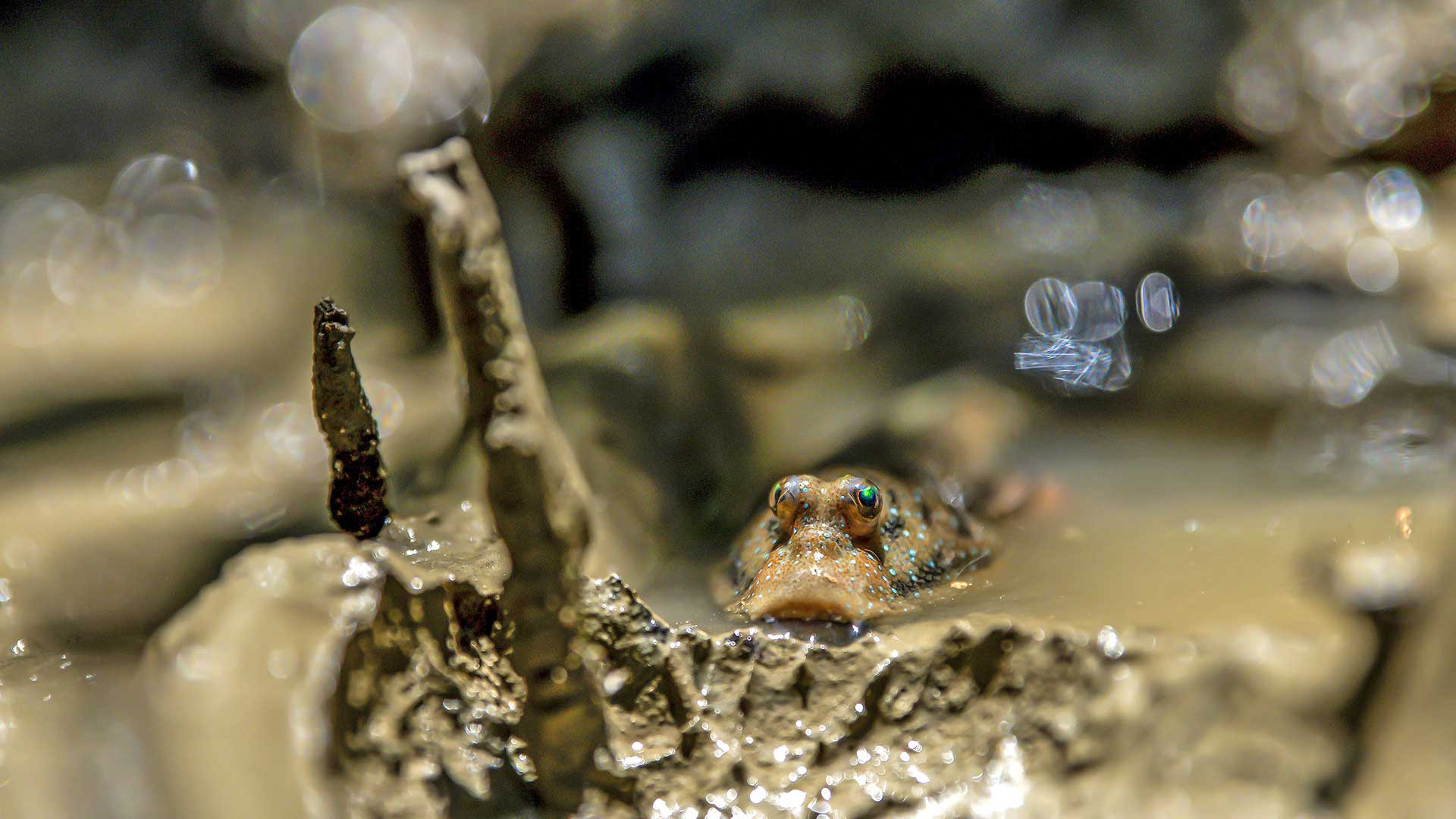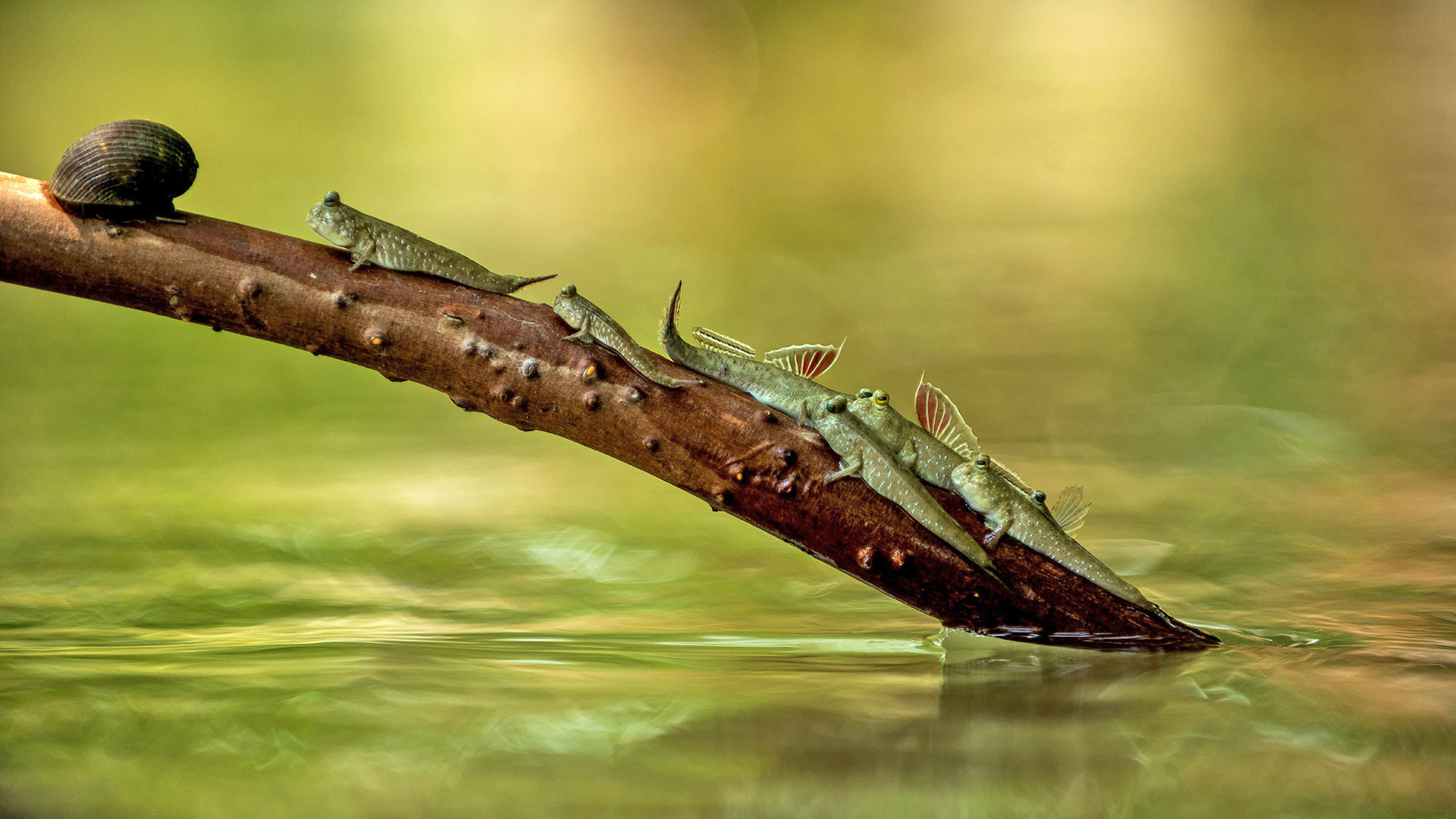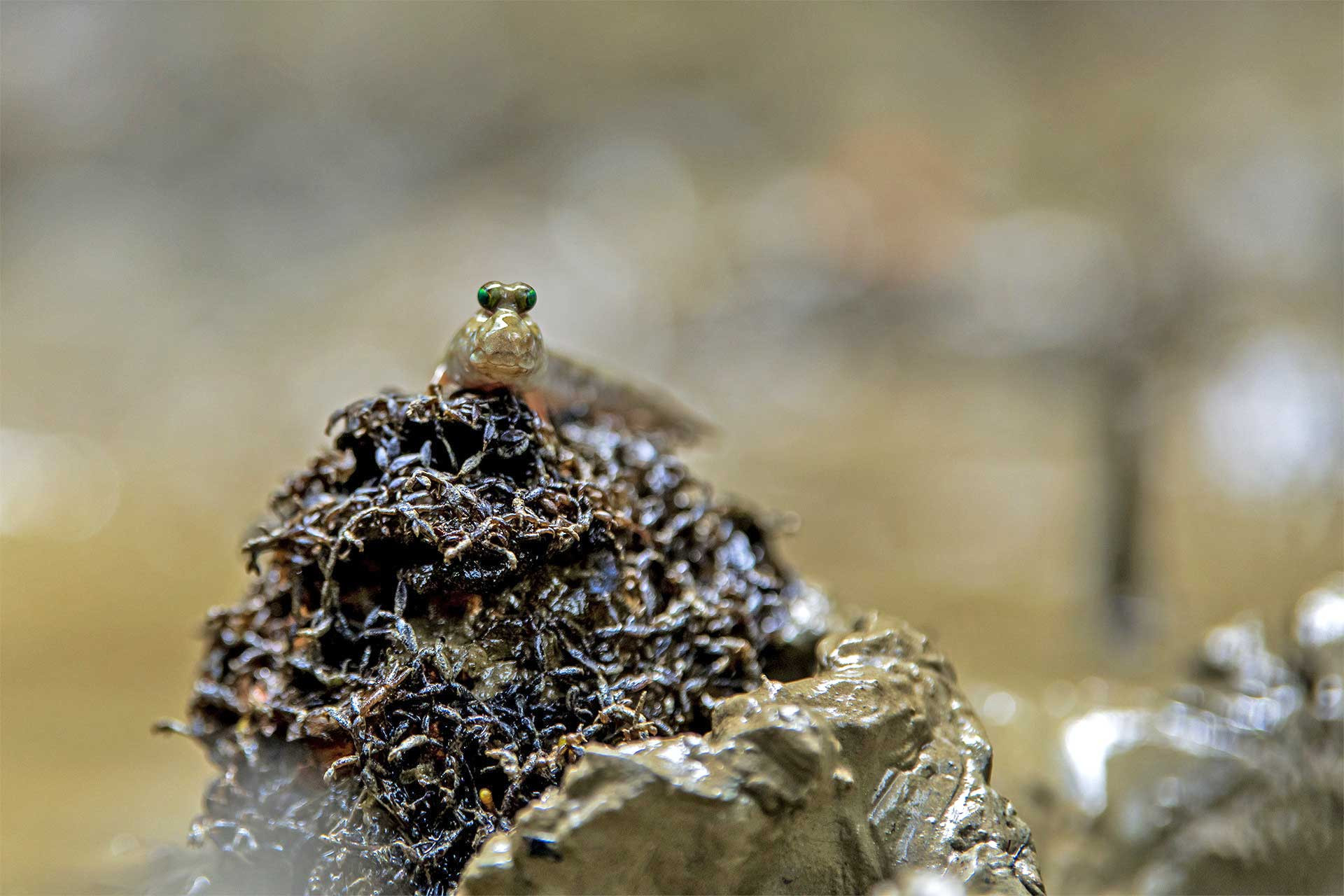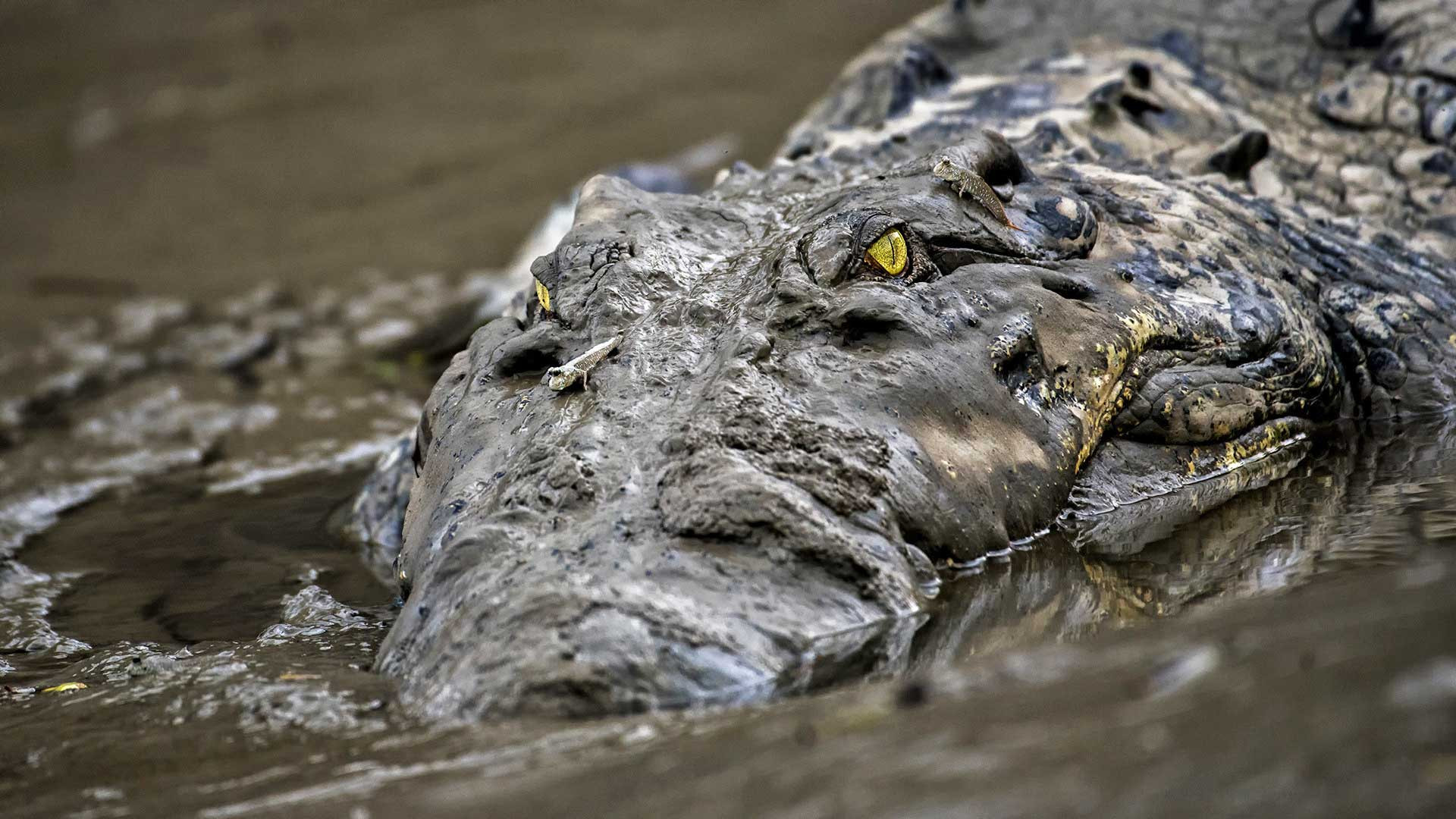I first visited the Sundarbans on December 31, 1999. I fell in love with its mangrove habitat and have been visiting ever since. During my initial days, the focus was solely on the cats of the Sundarbans, both big and small. Finding a cat in the world’s largest mangrove forest was not easy, especially in those days. Over the years, I have been lucky to rack up ample sightings of big and small cats from the region, and my interest slowly shifted to its lesser-known species. In the last few years, I have started to observe and photograph mudskippers.
Mudskippers are amphibious fish that spend most of their life out of the water and on land. They can absorb oxygen through their skin and the lining in their mouth as long as they remain moist. They also hold water bubbles inside their gill chambers, allowing them to survive on land for almost two days. Mudskippers have independently movable eyes on their head, allowing a clear, panoramic vision above and below the water.
During the day, they come out of their burrows only at low tide. Once the water level rises, the larger individuals move back into their burrows, while the smaller mudskippers claim higher ground by climbing stilt roots with the help of their pelvic fins. Mudskippers are highly territorial and can be seen raising their dorsal fin in warning when threatened by the presence of others.
I have spent hours waiting in the water and mud, making myself a part of the habitat, to be able to photograph the mudskippers in close proximity. Once accustomed, they even climb up your body. All the images, except for the one with the crocodile, were shot at different village creeks in the Sundarbans.
Mudskippers are extremely important for tidal mangrove ecosystems. They are sensitive to the ambient environment and are potentially crucial bioindicators. A decreasing population of mudskippers can be considered a direct indicator of unhealthy mangrove habitats.









